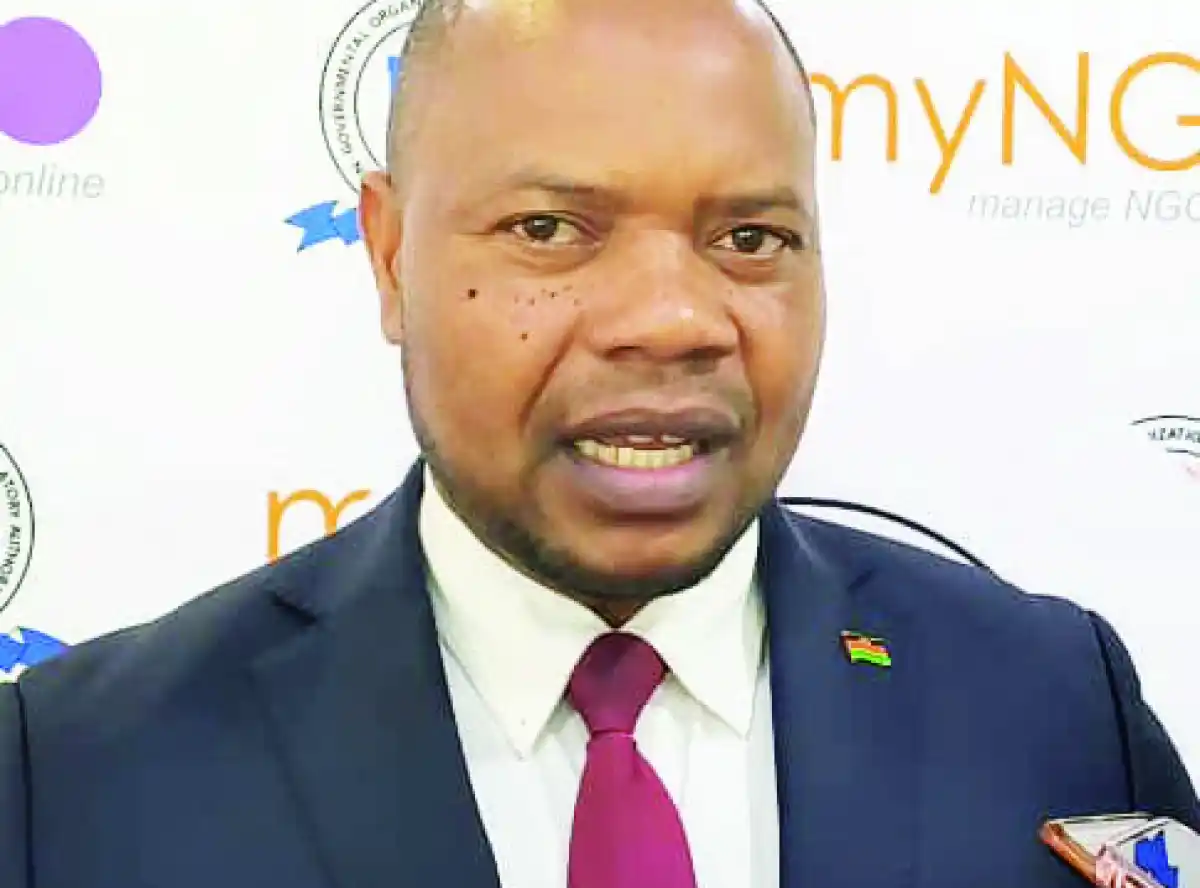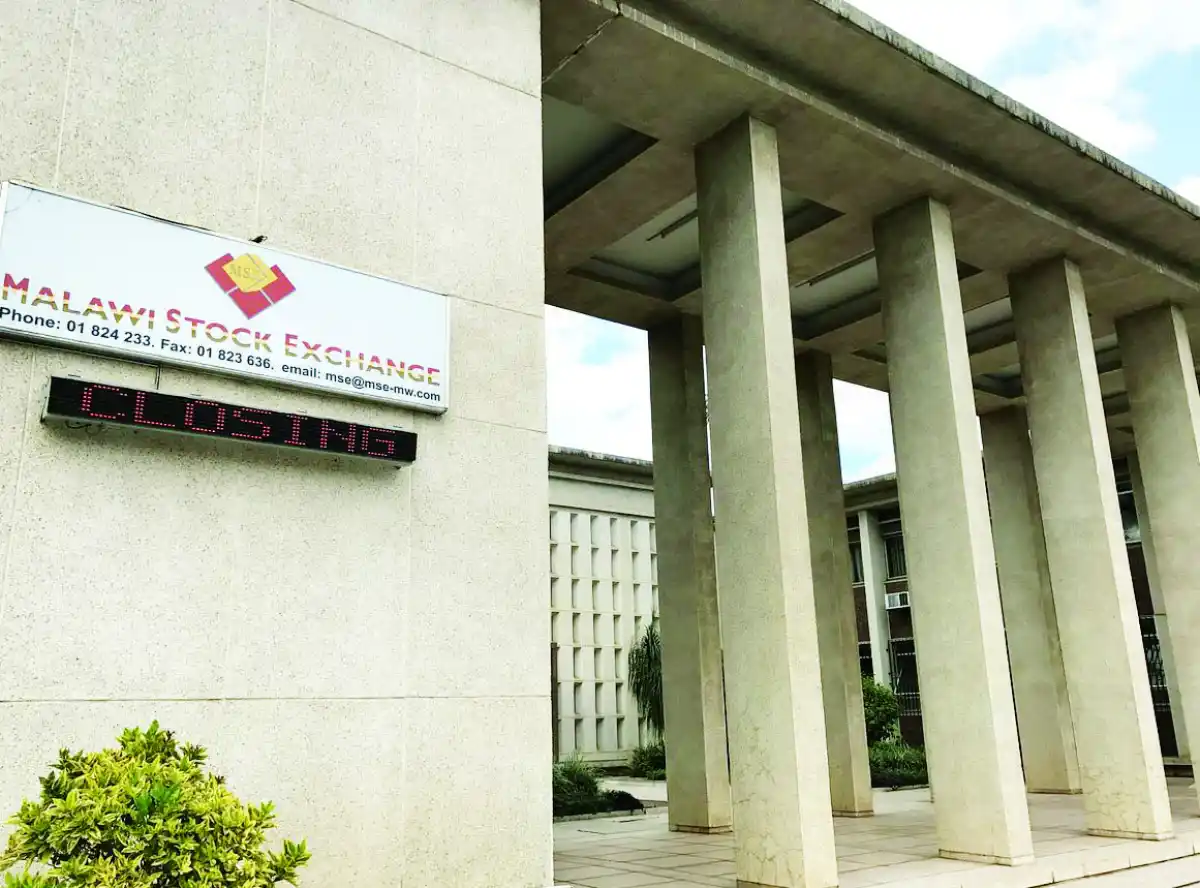
By Wezzie Gausi:
The Non- Governmental Organisations Regulatory Authority (Ngora) has initiated efforts to track the utilisation of foreign exchange (forex) received by non-governmental organisations (NGOs).
According to the 2023 NGO Sector Report, the sector’s total income amounted to K589 billion, with K473 billion coming in the form of foreign currency.
Speaking at a breakfast meeting with stakeholders in Lilongwe yesterday, Ngora Chief Executive Officer Edward Chileka Banda said forex remittances, budgeted in United States dollars or euros, often arrive in Malawi as local currency.
Chileka Banda added that international forex brokers complicate fund tracking, leading to discrepancies between reported inflows and actual reserve increases.
“NGOs face challenges with accurate reporting due to intermediary currency conversions and donor-handled purchases.
“Some international NGOs maintain accounts in neighbouring countries, such as Zambia, because of regulatory constraints in Malawi,” he said.
Chileka Banda added that this arrangement allows for more flexible fund management and administrative functions but reduces the amount of foreign exchange entering Malawi.
“Therefore, there is a proposal for NGOs to use foreign currency d e n o m i n a t e d accounts,” he said.
Deputy Director of Planning and Research at the Ministry of Gender, Geoffrey Chimwala, agreed that tracking forex from NGOs would be beneficial.
Chimwala also pointed out that the NGO sector contributes more foreign exchange to the country than tobacco sales.
“It is important for the nation to understand how this money is utilised. Ngora should continue its oversight role until clarity is achieved,” the government official said.
According to Chileka Banda, Ngora plans to continue collaborating with the Reserve Bank of Malawi (RBM) to thoroughly investigate the issue.
The authority says the reported amount only reflects data from 61 percent of the NGOs that submitted reports for 2023.
Malawi has been grappling with a forex crisis in recent years, with the country’s import cover—the number of months of imports that can be covered with forex reserves available with RBM—deteriorating to $143.60 million, representing 0.57 months, in February 2024.
This was the lowest level since August 2012, when an International Monetary Fund country report stated that the import cover had dwindled to an abysmal 0.5 months.








0 Comments